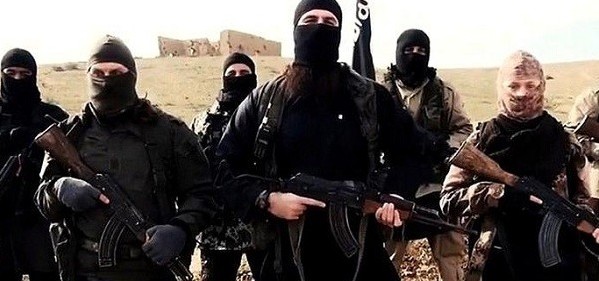Shaimaa Hefzi
The Islamic State (IS), aka Daesh, was defeated in Syria and the US-led coalition announced the recapturing of the organization’s last strongholds. However, for those who survived, the last-minute scenes in Baghouz are still alive.
Reuters’ reporter John Davison interviewed some of the survivors, who said many people had stayed or were trapped in trenches, tunnels and tents in Baghouz.
Several other people interviewed by Reuters in camps and hospitals, including supporters and critics of Islamic State, gave separate but similar accounts. They say bombardment by U.S.-backed forces and sniper fire from Syrian government areas killed scores, if not hundreds, as fighters and families scrabbled over food.
US-backed forces declared last month the full territorial defeat of Daesh in Iraq and Syria.
The Syrian government and Shiite Muslim militias deny targeting civilians in fighting.
Daesh deployed car bombs and suicide belts during weeks of fighting for Baghouz. The terrorist group left a trail of destruction, killed thousands of people in the name of its narrow interpretation of Islam and helped cause many more deaths by trapping civilians in battles to drive it out.
Raqqa in northern Syria, where IS planned attacks in European capitals, was largely destroyed in 2017 before some militants were allowed to evacuate. Many of them are thought to have ended up in Baghouz.
Baghouz, now under the control of the Kurdish-led and U.S.-backed Syrian Democratic Forces (SDF), is separated by the Euphrates river from territory controlled by the Syrian army and its allies including Iraqi Shi’ite Muslim militias, who have been accused of revenge attacks against Sunnis.
With IS no longer holding any of eastern Syria, the Euphrates effectively demarcates rival areas of Kurdish control to its east and Syrian government control to the west.
The US-led coalition said it carried out 193 air and artillery strikes in Syria between March 10 and IS’s declared defeat on March 23, some resulting in secondary explosions. It said the SDF were “committed to enabling multiple opportunities to allow for civilians to escape harm.”
Militants kept civilians next to ammunition depots and hid in a network of tunnels, several people interviewed said.
An SDF fighter who participated in the battle said dozens of comrades were killed by mines planted by IS.
“The smell of burned bodies and explosives mixed when we entered Baghouz,” said the fighter, Chegovara Zerik. “Air strikes helped destroy tunnels. Without them we wouldn’t have been able to advance.”








































admin in: How the Muslim Brotherhood betrayed Saudi Arabia?
Great article with insight ...
https://www.viagrapascherfr.com/achat-sildenafil-pfizer-tarif/ in: Cross-region cooperation between anti-terrorism agencies needed
Hello there, just became aware of your blog through Google, and found ...